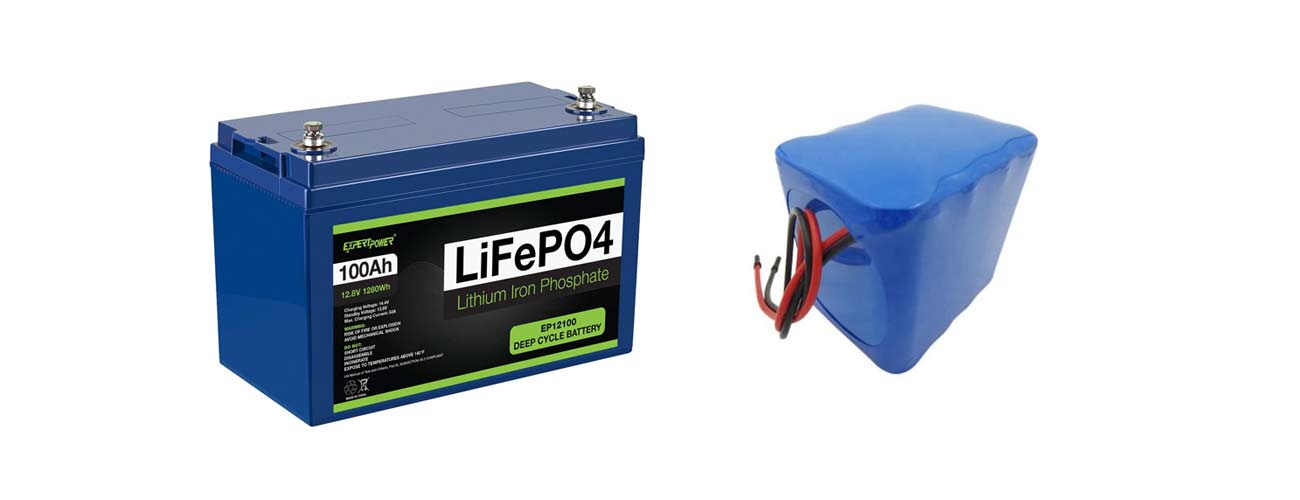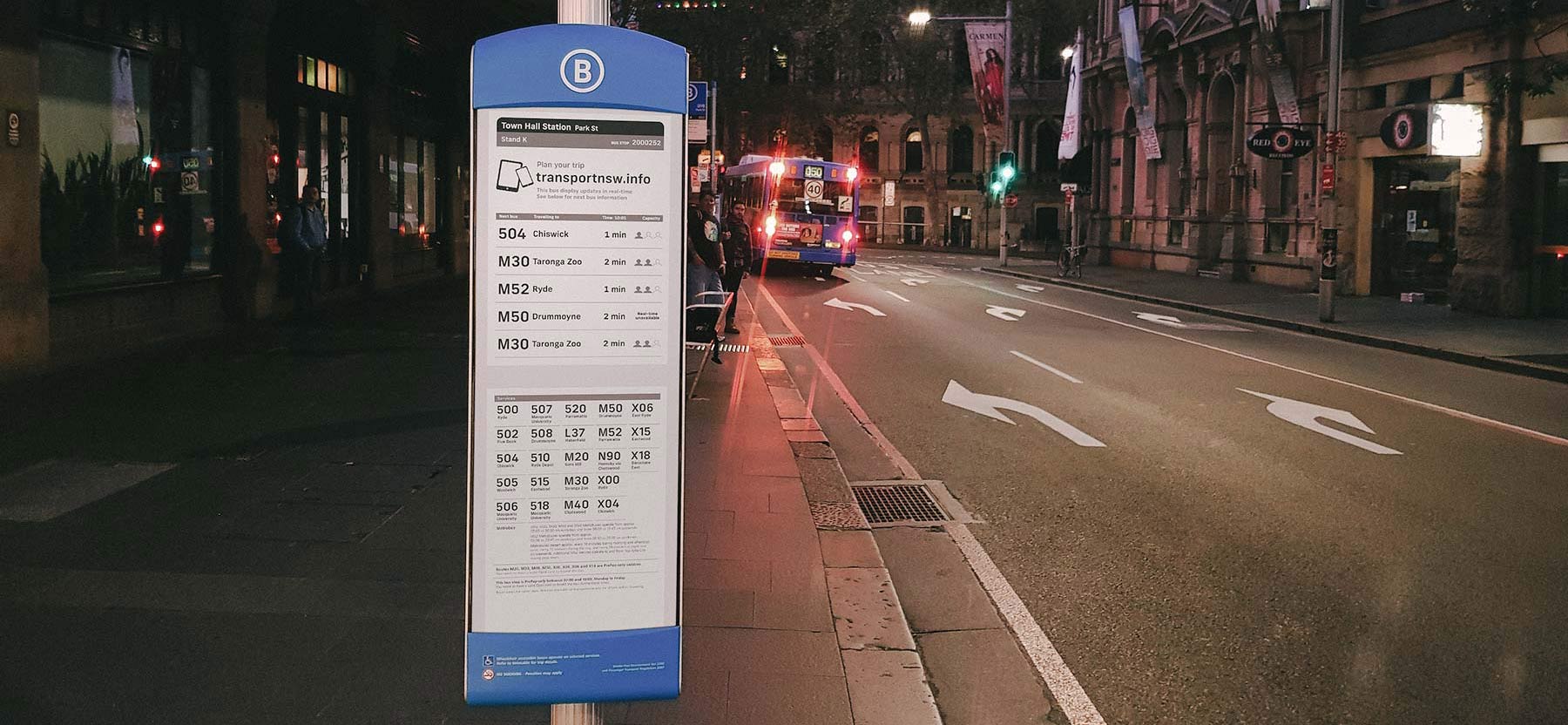The batteries most commonly used in solar equipment are either LiFePO4 or lithium-ion. Each have their specific advantages and disadvantages. Here’s a brief run down of the main differences compared with the more well-known lead acid battery.
LiFePO4
Lithium iron phosphate cells have greater cell density than lead acid, at a fraction of the weight. On the other hand, they have less cell density than lithium ion. This makes them less volatile and safer to use.
Individual LiFePO4 cells have a nominal voltage of about 3.2V or 3.3V. Multiple cells are used in series to make a battery pack. Using four LiFePO4 cells in series gives a 12.8-14.2 volt pack when fully charged. This is the closest to a traditional lead-acid except that LiFePO4 cells have four times the capacity of lead acid batteries.
To reach the same density as lithium-ion cells, LiFePO4 cells are stacked in parallel to increase the capacity of the pack. Thus, LiFePO4 battery packs with the same capacity as a lithium-ion pack will be larger, as more cells in parallel are required to achieve the same capacity.
LiFePO4 cells can be used in high-temperature environments, whereas lithium-ion cells should never be used above 140°F.
The typical estimated life of a LiFePO4 battery is 1500-2000 charge cycles or up to 10 years. A lithium iron phosphate pack will normally hold its charge for up to 350 days.
Lithium-ion
Lithium-ion cells have a higher cell density than lithium iron phosphate so fewer cells can be used to achieve the same capacity. But their higher cell density has a trade-off of greater volatility.
Individual Lithium-ion cells usually have a nominal voltage of 3.6V or 3.7 V. Multiple cells are used in series to make a battery pack. As with lithium iron phosphate, Lithium-ion cells can be stacked in parallel to increase the capacity of the pack.
For a 12V power pack, three lithium-ion cells are placed in series giving 12.6V, which is closest to the nominal voltage of a sealed lead acid battery.
The typical estimated life of a Lithium-ion battery is 300 to 500 charge cycles or two to three years. A Lithium-ion pack will typically hold its charge for up to 300 days.
Charging
Charging LiFePO4 and lithium-ion cells is very similar. When charging from solar cells, a charge controller is used to firstly regulate the voltage and current which feeds into the battery management system (BMS). The BMS is used to provide over-voltage protection, under-voltage protection, short circuit protection and load balancing.
Lead Acid
Lead acid batteries have of course been around for a very long time and are still a reliable work horse for a vast number of applications. So why are they generally not used with solar equipment? The principal reason is weight. Lithium and lithium iron phosphate packs are a fraction of the weight while offering greater cell density. This means they can be fitted into smaller spaces like solar charging poles and offer a greater operating time for much less size and weight.






